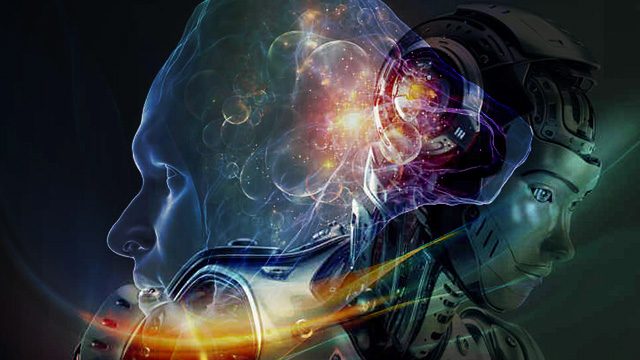SUMMARY
This is AI generated summarization, which may have errors. For context, always refer to the full article.

It was in the 1950s when people actually began taking artificial intelligence seriously. It was a two facet problem that begged the question: Can a machine behave like a human, or behave like a rational entity? Or in other words, can we model a machine into perfecting itself in mimicking our human behavior (and all its imperfect and random glory), or can we work from it from an ideal standard(ruthless pragmatism under cold hard facts)?
What began as a little exercise sprawled out into a decades long pursuit of humankind to build something in our intellectual likeness, and also try to understand it. Because through our understanding of intelligent entities, we also hope to understand ourselves a little bit better.
By making something intelligent, we try to make it think for itself. We make it autonomous. And thus, we create algorithms: a means to solve a problem within a specified time frame. Here are a few examples of how we have programmed computers to think through algorithms:
Heuristic
As human beings, we are designed to behave and decide on things almost without even thinking. If we had to decide on everything (consequential or inconsequential) that came our way, imagine the time we’d need to think out hundreds of decisions each day! Thus, our minds have devised some “rules-of thumb” or approximations that it subconsciously follows to make our deciding much faster. Some of course, are hard coded in our genetics through the course of evolution like being startled when a loud sound is heard, or getting nervous when speaking to an attractive member of the opposite sex. Also, there are learned things, like the urge to answer a ringing phone, or feeling worried when being made to pull over by the gentleman in blue while driving around Manila.
It is through this means of human thinking that the heuristic technique was devised. It enables a computer to think on practical terms, and allows the computer to solve difficult problems within short amounts of time. This however, has its tradeoffs as the short timeframe affects the “correctness” (accuracy, precision and optimization) of the solution. This technique may give you a good enough answer, but not the best one.
Fuzzy Logic
Fuzzy logic is essentially a means to teach a computer how to “feel” the things that we do with our senses. It tries to understand qualitative concepts the way we humans do. Like how hot we feel in the heat of a summer day, or how much pain we feel when being pricked by a needle. This type of algorithm basically concerns itself with approximations rather than exact values.
For engineers and programmers, the exact values are binary (0 or 1; white or black; yes or no; etc), while fuzzy logic breaks this down to an infinite array of values in between (values between 0 and 1; shades of grey; and maybes). Through this, the programming allows computers to “think” the way we do when we need to reason with partial truths and grey areas.
Neural Networks
Neural networks, or more accurately, artificial neural networks, are inspired by the very function of the human brain. This algorithm tries to mimic how we learn by utilising external inputs, then working it out through a series of instructions given by the engineer to come up with outputs.
The system learns from the correct outputs, and backtracks on the wrong ones to come out with more accurate outputs over time. This means of programming has proven useful in applications where the machine needs to adapt, learn by example, or give out meaningful answers in real time given inaccurate inputs. In short, this means of programming let’s the computers do what is normally hard for machines, but easy for humans.
As the computing power of software becomes more and more powerful through the improvement of both the hardware and the software, we will be pushing the boundary of computer intelligence to what we now know as Artificial General Intelligence, or AGI. At this level, a computer will be able to perform any task as well as a human being can in a full range or spectrum of thought. Then, gradually or even instantaneously (due to the speed at which these things will now be able to learn), achieve ASI, or Artificial Super Intelligence, where a computer will finally be able to exceed the brightest of minds on our planet.
Today though, as we continuously make our technology smarter, they will in turn help us in making clearer decisions, and aid us in solving the problems we currently cannot solve ourselves. The smarter the technology we use, the more control we give it over the simpler tasks we can do away with in the daily course of our lives. This helps us focus over more important things, and over more important decisions. The question lies in how much control we are willing to give over an intelligent entity that can equate or even supersede the most brilliant of minds in existence.
As it goes, as our mastery of artificial intelligence takes on each new level, so does our understanding of how we are as intelligent entities. Through this, we also hope to make sense of our shrouded purpose in the infinite fabric of the cosmos. – Rappler.com
(Images [1, 2] courtesy of Shutterstock; Graphic by Alejandro Edoria)
Add a comment
How does this make you feel?
There are no comments yet. Add your comment to start the conversation.